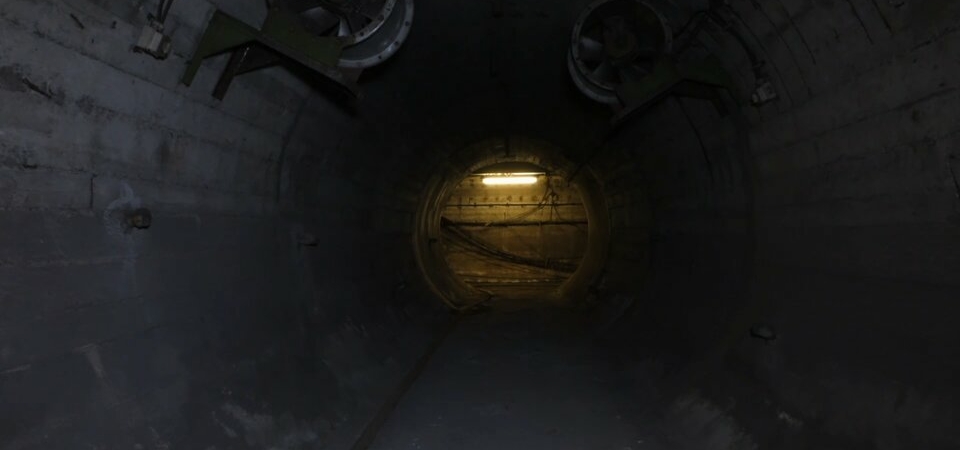What can you do in case of nuclear attack in Hungary?
In such uncertain times “what if” is a rightful question. So what can you do in Hungary to save yourself in case of a nuclear catastrophe? Does the government have any plans for such an event? How many shelters are there to house the citizens? The answers depend on a lot of variables, but in this article, we will try to give you an overview of what could happen.
Gergely Gulyás the Minister in charge of the Prime Minister’s Office said last week that Hungary had an emergency plan in case of a nuclear attack — report mfor.hu. As tensions rise around the world, people want to know if they would be safe in case of a nuclear attack or not. In Ukraine, evacuation centres equipped with potassium-iodine pills are being made. In Germany, they are refurbishing already existing shelters, of which they have 599. They are also examining whether underground facilities like cellars, parking garages or metro stations could be used or not. In Estonia, signs indicate where people can find the nearest shelter. While in Poland, they are checking the conditions of their 62,000 shelters. Even in Romania, they are distributing iodine pills, just to be sure.
Not like you can hide a nuclear explosion, but radiation can be invisible. So in any scenario where radiation would pose a threat, Hungary would have information about it. Thanks to the European Radiological Data Exchange Platform, an early warning system exists, where 39 countries share information on radiological data. Other early warning systems are also in place which have bee monitoring the situation constantly. But they can also provide forecasts for the coming 24 hours.
Where can you go?
Budapest has 3,500 shelters, most of which are rented out. However, in times of need, these can be transformed into shelters in just 48 hours. Along with the old shelters, there are also new ones as malls and business centres have parking garages. These were built in a way that they could be used for civil defence if needed. The existing shelters like the metro stations, cellars, garages and other well-known shelters can accommodate about 600,000-700,000 residents. Out of the four metro lines, only the M2 and M3 lines can function as shelters.
Under the Buda Castle, there lies a long and intertwining cave system. Here approximately 10,000 people hid during the second world war. However, in case of a nuclear attack, this not might be the best choice. There are also four government bunkers, named in sequence from K-I to K-IV, located in different settlements in the country. The third one lies right under the K-III which is a 7,000-square-metre complex.
If god forbid, the situation would get worse more shelters could be revealed down the road or could even be quickly refurbished.

Read alsoHungary underground: The secret bunker near the Parliament in Budapest
Source: mfor.hu
please make a donation here
Hot news
What happened today in Hungary – 26 July, 2024
Drama: number of births in a 20-year low in Hungary
Yay or nay? – 6 odd Hungarian delicacies that make our skin crawl
Budapest tourism “exploded” this past weekend
Container transport in Budapest may stop: How will this affect Hungarian economy?
Minister: Hungary will protect its territory by every means possible




1 Comment
bunkers will not save life on the planet. After a nuclear war, there will be darkness for 10 years and radioactivity around the glove for centuries. I think people have no idea what will be the consecuences. Life will be terminated. Better to die immediately instead of facing the post nuclear world war. Poor idiots who think that shelters and iodine pills will save them. Poor miserable idiots.